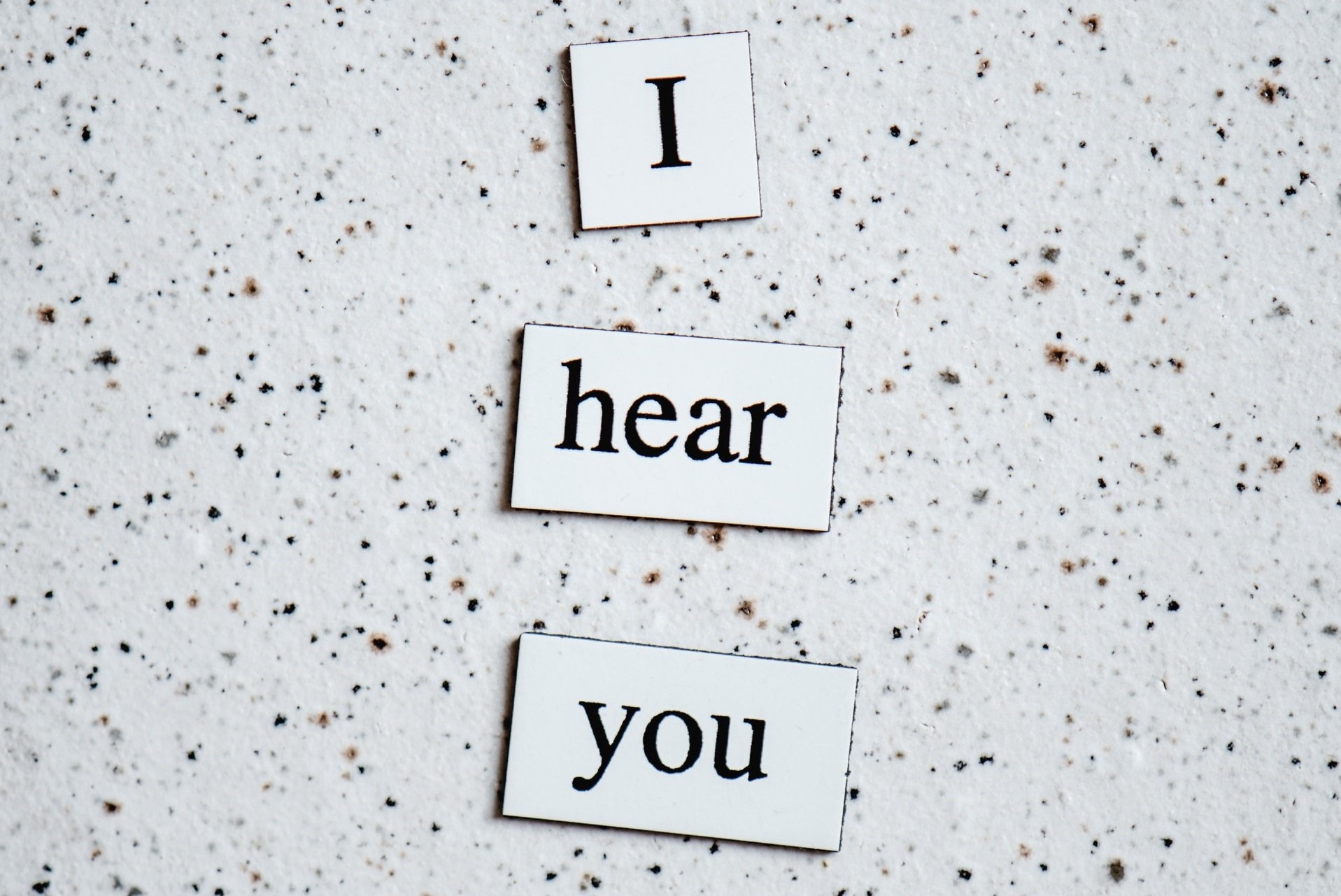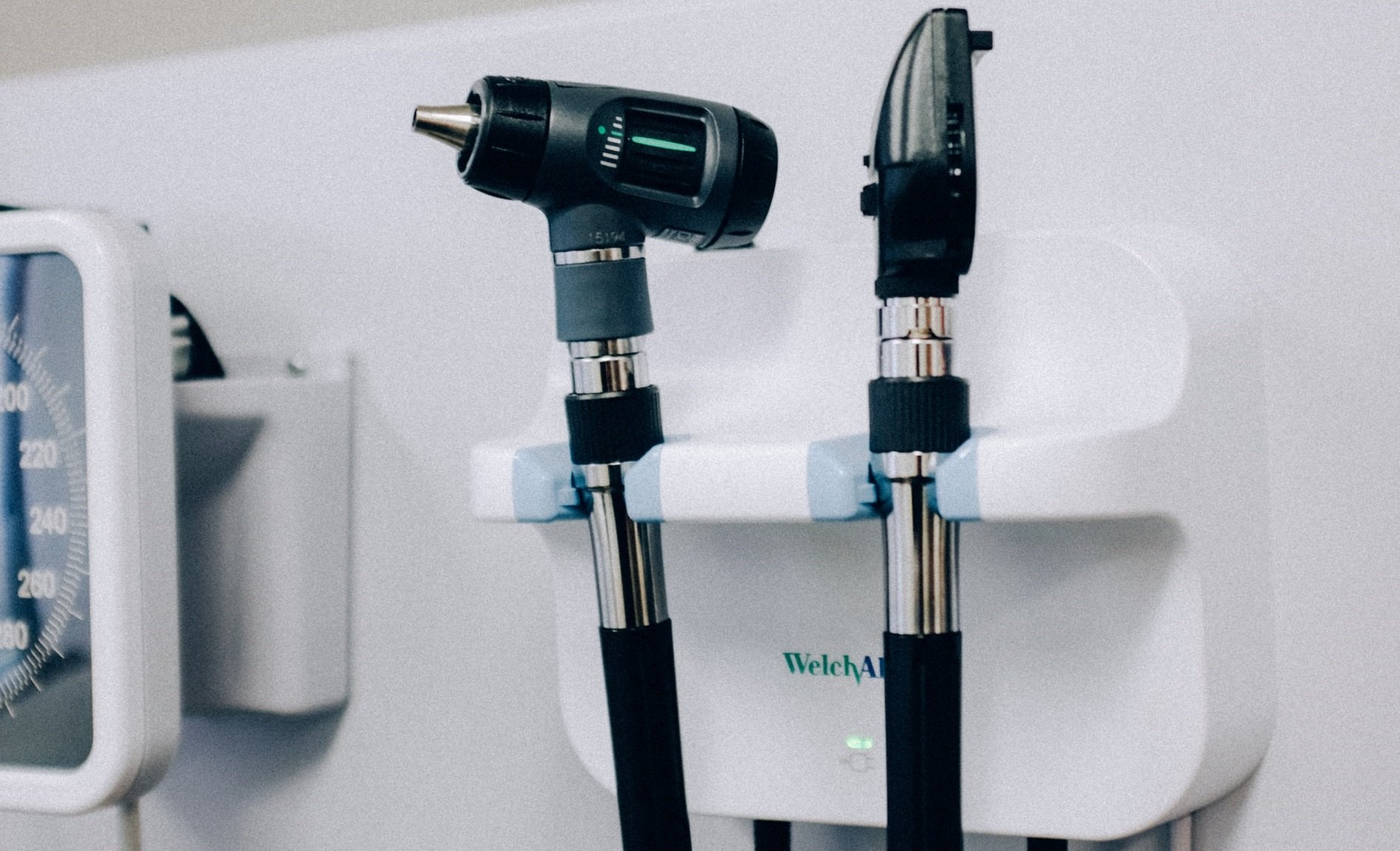
If you have hearing loss, then hearing aids can be a great help. Not only can untreated hearing loss cause further health issues down the line, but hearing aids can also greatly improve your quality of life.
However, their steep cost will not go unnoticed by most people. It’s useful to know the pros and cons of hearing aids in general, as well as specific devices before you make a purchase.
Contents
Pros of Hearing Aids
First things first, there’s a reason hearing aids are recommended to most people with hearing loss. These devices are usually great at improving your ability to hear others. They allow you to fully participate in conversations, helping you to feel connected with your loved ones, and able to interact with the public when you’re out and about.
People with hearing loss often feel like a burden on their family, friends, and coworkers, but with a hearing aid, this feeling changes. Not having to always make others repeat themselves or speak louder often makes people see their hearing loss in a much more positive light.
As time has gone on, hearing aid technology has developed rapidly, giving us the versatile, discreet devices that we have today. They’re now adaptable to most lifestyle needs and most aren’t particularly noticeable.
Hearing aids are often discussed assuming that older people will always be the users. This isn’t the case. When children have hearing loss, either because they were born with it or developed it later on, it can be incredibly difficult for them to learn as easily as other children can. Hearing aids allow many young hearing loss sufferers to fully benefit from their education. When a child’s hearing is improved, they can better participate in classroom discussions and socialize with their peers.
Cons of Hearing Aids
So, hearing aids are usually a great investment, however, there are some drawbacks.
First, as we’ve already touched on, hearing aids are expensive, there’s no denying it. Depending on the technology, they can cost anywhere from nearly $1000 – $6000 per hearing aid. Unfortunately, Medicare (Parts A & B) doesn’t cover hearing exams, hearing aids, or fittings. You must pay 100% of the cost of any hearing aids and exams.
There is one exception under Medicare Part B, and there’s hope that the Social Security Act will be amended to provide insurance coverage for hearing aids and hearing health services under Medicare Part B through the Medicare Hearing Act of 2019 (H.R. 4618).
Nevertheless, this is a significant cost and is enough for some people to postpone a purchase, even if they need them. Some studies indicate that as much as 80% of adults aged 55 – 74 years old who would benefit from a hearing aid, don’t use them.
The price can also be concerning if you’re not getting an implanted hearing aid, and you stand the chance of losing it. Luckily you can get retention strings and GPS in some hearing aids to avoid this.
The stigma of hearing aids and hearing loss is a less obvious con of hearing aids. Since a lot of devices look like medical devices, it can have degrading impacts on people’s lives and self esteem.
Lastly, another drawback is that some people find hearing aids uncomfortable. This is less to do with hearing aids in general, and more to do with the type, fit, and style of the hearing aid. Talking to a specialist about the best type for you should mitigate this risk.
Pros and Cons of Different Hearing Aid Styles
There are a few different digital hearing aid styles: Behind-the-Ear (BTE), Mini-Behind-the-Ear (Mini BTE), In-the-Ear (ITE), In-the-Canal (ITC), Completely-in-Canal (CIC), Receiver-in-Canal (RIC), and Invisible-in-the-Canal (IIC). Each has its own advantages and disadvantages:
Behind-the-Ear (BTE)
Advantages: suitable for all types of hearing loss that require a hearing aid. The separation between the microphones and receivers means fewer feedback issues, and they’re also not so prone to needing repairs.
Disadvantages: a larger style. If they have ear molds they might need to be remade every two to four years. To preserve the acoustic seal they might need to be retubed. Ear tips and tubes on open fit micro BTEs will need to be changed from time to time, and their size means they can be uncomfortable when using phones for calling.
Cost: $1,580 – $2,769 per hearing aid.
Mini-Behind-the-Ear (Mini BTE)
Advantages: they don’t require a custom mold and there’s no plugged-up sensation. The ear canal is left open for more natural sound (especially with your own voice).
Disadvantages: they’re slightly more difficult to use with the telephone.
Cost: $1,580 – $2,769 per hearing aid.
In-the-Ear (ITE)
Advantages: twin microphones that deliver much better clarity in an environment that is noisy. The size of the device might be suitable for more severe hearing loss. Easy to use with a telephone.
Disadvantages: they are more likely to have problems with moisture and ear wax. Daily cleaning is necessary. They need to be repaired more than BTE devices. As the receiver and microphone are closer together than in other styles there might be feedback issues.
Cost: $1,600 – $2,757 per hearing aid.
In-the-Canal (ITC)
Advantages: a more discreet style than ITE hearing aids. They might have dual mics if your ear size allows enough room.
Disadvantages: with ITC you can also have feedback problems because of the close distance between the receiver and the microphone. Ear wax and moisture can cause damage as these devices sit in the ear canal. Batteries can be hard to change. They are too small for directional mics, and might also need repairs.
Cost: $1,716 – $2,861 per hearing aid.
Completely-in-Canal (CIC)
Advantages: very discreet and small, so not obvious to others. They provide good sound quality due to the position in the ear.
Disadvantages: the small size can be hard for some people to handle. Again, feedback can be an issue. These hearing aids are perhaps the most likely to need repairing. Many people also report experiencing occlusion (the feeling of talking into a bucket).
Cost: $1,695 – $2,958 per hearing aid.
Receiver-In-Canal (RIC)
Advantages: ideal for most people requiring a hearing aid. Again, they often have feedback issues. They’re extremely discreet and have good sound quality.
Disadvantages: earmolds and ear tips will need to be changed. The receiver is in the ear canal and they’re more likely to fail than standard BTEs. They can be hard to use with the phone.
Cost: $1,694 – $2,993 per hearing aid.
There are now advanced RIC hearing aids available that can be adjusted using a device such as an iPhone. These cost around $3,000 per hearing aid.
Invisible-in-the-Canal (IIC):
Advantages: invisible and easy to use with a phone. They have no feedback.
Disadvantage: a level of dexterity is needed to change batteries (which have a short life).
Cost: $1,695 – $2,958 per hearing aid.
Pros and Cons of Rechargeable or Battery-Powered Hearing Aids
Traditional hearing aids have disposable batteries. Rechargeable hearing aids have built-in batteries that do not need to be changed regularly. Instead, they are charged using a charging unit.
Advantages to rechargeable batteries include the use of long-lasting performance lithium-ion batteries and greater safety as they don’t use disposable batteries that children can swallow. They’re also easier to handle if you have dexterity issues (as the batteries don’t require regular changing).
Disadvantages include lack of user control as you are dependent on a charging unit, there are fewer styles to choose from (most are BTE), (sometimes) come at a higher cost, and having to charge them every day before use.
Alternative Devices to Hearing Aids
Hearing aids aren’t the only option, there are a number of alternatives that can help you with your hearing loss. Options include an amplified telephone (provided free of charge to many state residents through their state telecommunications program), a PSAP, a TV listening device, and public assistive listening devices.
The information in this guide has been written using the following reliable sources:
https://www.aarp.org/health/conditions-treatments/info-05-2011/hearing-aid-styles.html
https://www.clearliving.com/hearing/technology/hearing-aid-alternatives/
https://www.hearingloss.org/hearing-help/financial-assistance/state-telephone-programs/
https://www.medicare.gov/coverage/hearing-balance-exams
https://www.ncbi.nlm.nih.gov/pmc/articles/PMC3665209/








